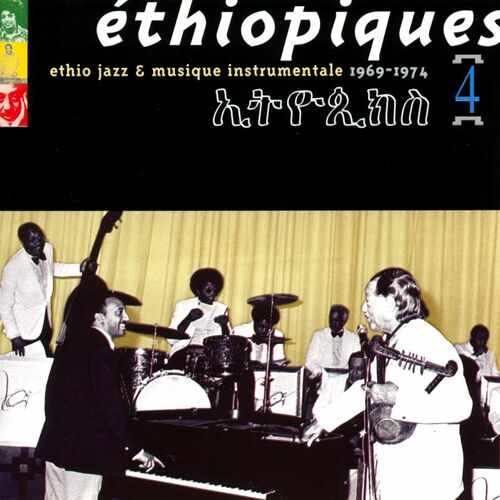
National Public Radio used Astatke's instrumentals as beds under or between pieces, notably on the program This American Life. His Western audience grew even further when the 2005 Jim Jarmusch film Broken Flowers featured seven of Astatke's songs, including one performed by Cambodian-American rock band Dengue Fever. Mulatu Astatke performing with Black Jesus Experience at the 50th Anniversary of Australian and Ethiopian diplomatic relations event in Addis Ababa in 2015.Īstatke's music has also had an influence on the work of other artists from the Horn region, such as K'naan. The album brought Astatke's music to a new international audience, perhaps the largest in his career.
#Mulatu astatke sketches of ethiopia series
In 1998, the Parisian record label Buda Musique began to reissue many of the Amha-era Ethio-jazz recordings on compact disc as part of the series Éthiopiques, and the first of these reissues to be dedicated to a single artist was Éthiopiques Volume 4: Ethio Jazz & Musique Instrumentale, 1969–1974, Mulatu Astatke. Recent workīy the early 1990s, many record collectors had rediscovered the music of Mulatu Astatke and were combing stashes of vinyl for copies of his 70s releases. But by the 1980s, Astatke's music was largely forgotten outside of his homeland. Astatke stuck around long enough to play vibes for Hailu Mergia and the Walias Band's 1977 album Tche Belew (which featured the original classic "Musicawi Silt") before the Wallas also left Ethiopia to tour internationally. Mulatu Astatke on stage with the Heliocentrics in 2009 in Romeīy 1975, Amha Records had ceased production after the Derg military junta forced the label's owner and many other Ethio-jazz luminaries to flee the country.

Though these records are almost indistinguishable from other Latin-jazz records of the period, some tracks foreshadow elements of Astatke's later work, and he is credited as having established conga and bongo drums as common elements in Ethiopian popular music. The records prominently feature Astatke's vibraphone, backed up by piano and conga drums playing Latin rhythms, and were entirely instrumental, with the exception of the song "I Faram Gami I Faram," which was sung in Spanish. While living in the US, Astatke became interested in Latin jazz and recorded his first two albums, Afro-Latin Soul, Volumes 1 & 2, in New York City in 1966. There, he studied vibraphone and percussion.


In the 1960s, Astatke moved to the United States, where he became the first student from Africa to enroll at Boston's Berklee College of Music. He collaborated with jazz vocalist and percussionist Frank Holder. Instead, he began his education at Lindisfarne College near Wrexham before earning a degree in music through studies at the Trinity College of Music in London. Astatke's family sent the young Mulatu to learn engineering in Wales during the late 1950s.


 0 kommentar(er)
0 kommentar(er)
